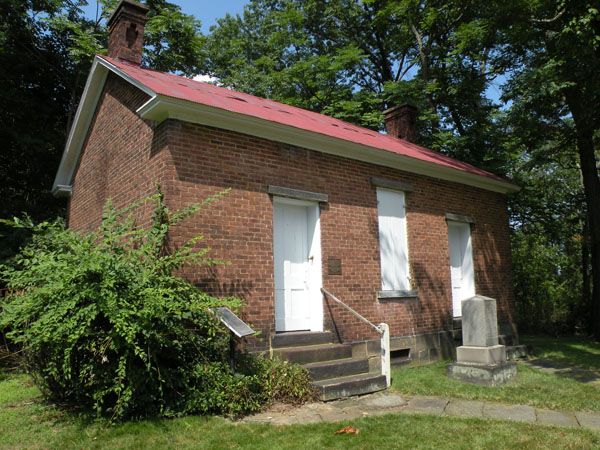
Pictured above is the LeMoyne Crematory in Washington, Pennsylvania. When it was built in 1876, it was the first modern crematory--that is, a building constructed for the explicit purpose of burning human bodies--in the United States.
In the Nineteenth Century, there was a great fear of being buried alive. This led to many inventions designed so that people could call for help if they ever woke up in coffins. Another approach to solving the problem was to ensure that the dead were well and truly dead by burning them into ash.
This was one of the arguments put forward by advocates of cremation. In the 1870s, there was a popular movement to do away with intact human burial and to burn the dead as normal practice. In addition to making sure that the dead were dead, cremation supporters claimed that burning bodies prevented corpses from speading diseases, such as cholera and yellow fever.
At Atlas Obscura, Amy Elliot Bragg traces the history of the cremation movement. She writes:
Because cremation was a moral crusade for the betterment of public health, it attracted sympathizers from other moral causes to its ranks, including no small number of women activists. The suffragist Lucy Stone was the first person cremated at the Forest Hills Crematory in Boston in 1893. Frances Willard—suffragist, temperance activist, and avid bicyclist—was also a vocal advocate of cremation. In 1900, the New York Times ran a satirical news item about the cremation of Willard's cat: “Each of Toots’s human friends will sprinkle a little myrrh or frankincense over the body, and while it is being consumed the incense will counteract any odor which might be emitted through the furnace chimney.”

No comments:
Post a Comment